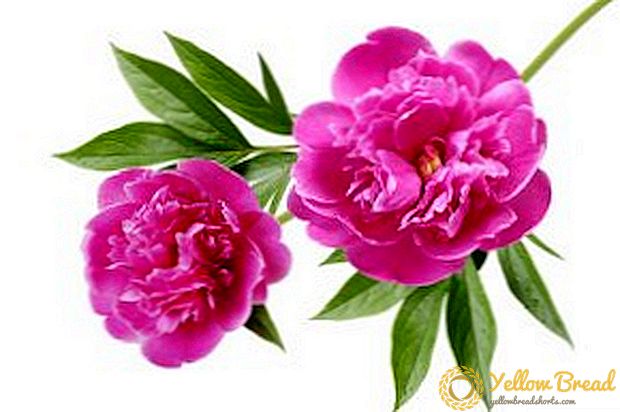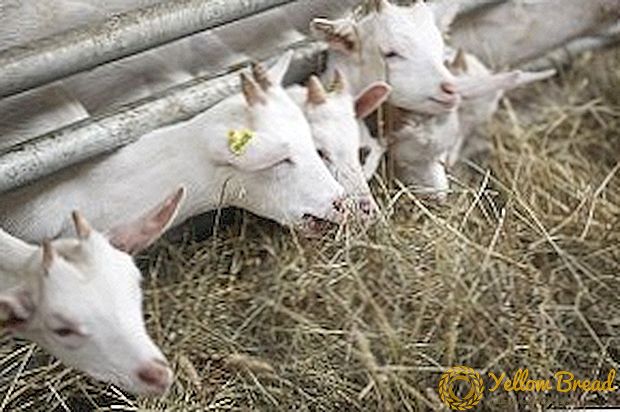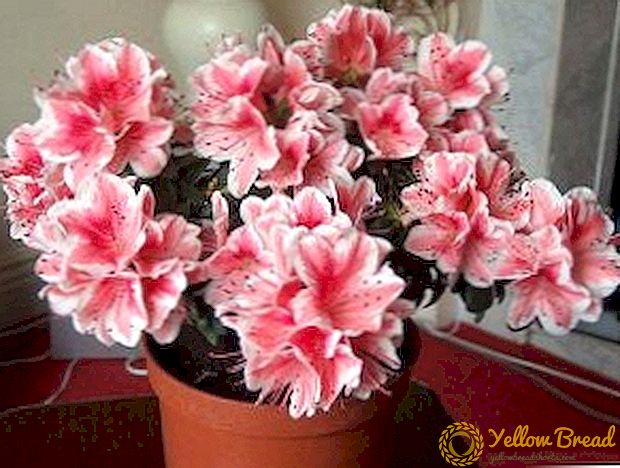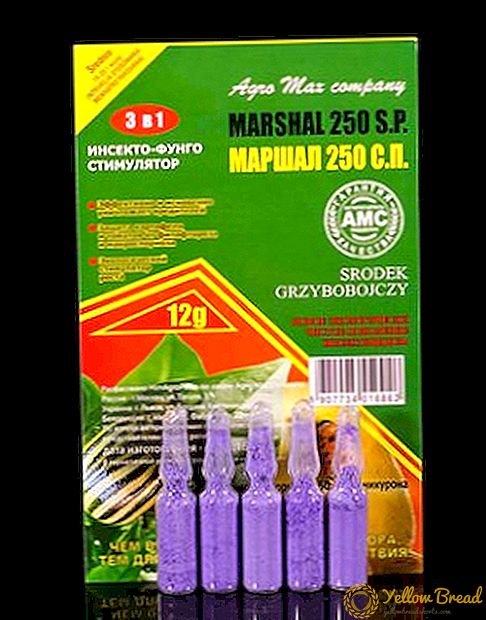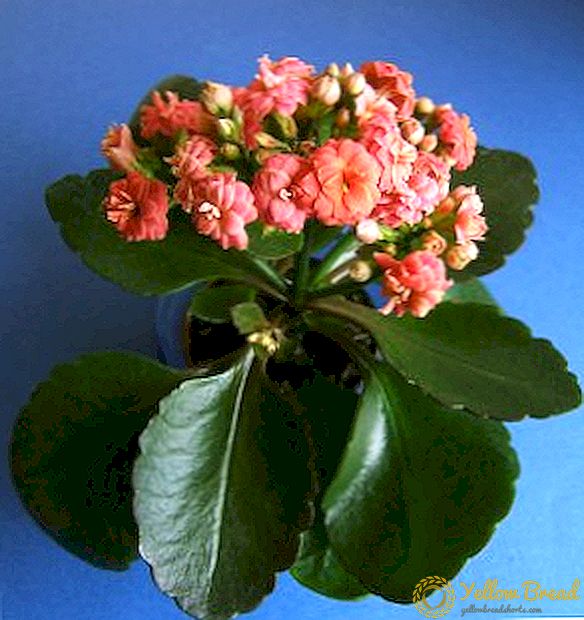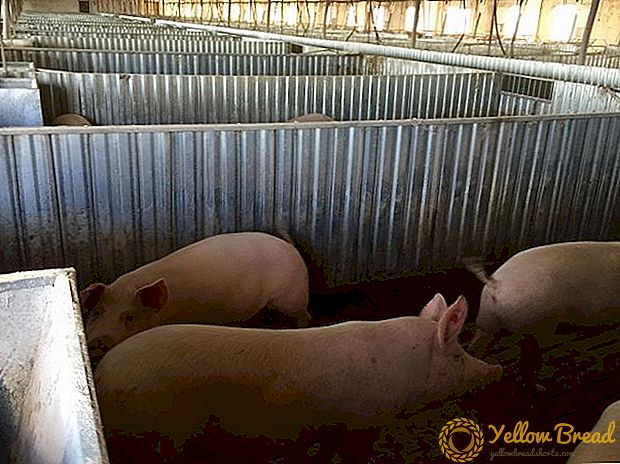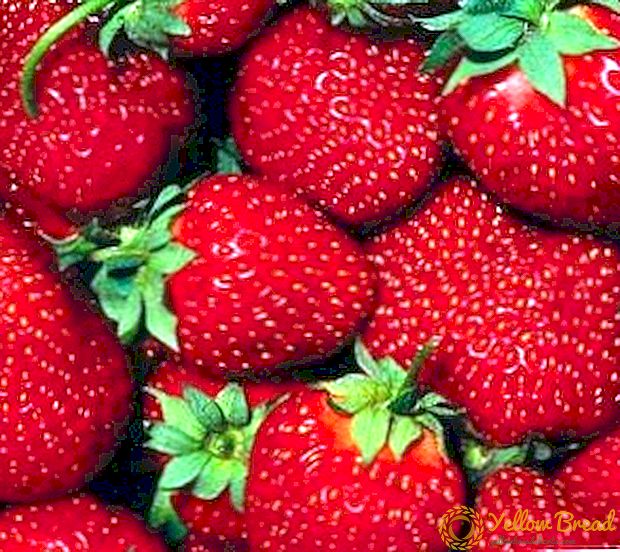 Among gardeners and gardeners there is talk about the so-called remontant varieties of strawberries, strawberries, raspberries. Many prefer to plant only such plants, but there are those who do not welcome their cultivation in their gardens. What are the features of remontant plants and what they are?
Among gardeners and gardeners there is talk about the so-called remontant varieties of strawberries, strawberries, raspberries. Many prefer to plant only such plants, but there are those who do not welcome their cultivation in their gardens. What are the features of remontant plants and what they are?
- What is remanufacturing: the differences between remontant and ordinary varieties of strawberries, raspberries, strawberries
- Popular grades of remontant berries
- Strawberry
- Wild strawberry
- Raspberries
- Tips for growing berries
What is remanufacturing: the differences between remontant and ordinary varieties of strawberries, raspberries, strawberries
Repairability means the ability of the plant to produce flowering and, accordingly, bear fruit several times in one season. The term is derived from the French word "remontant", which means "to bloom again, to rise." 
This feature is not only marked garden berries, but their wild counterparts. It is also characteristic of some other plant species. A distinctive feature of such plants - most often the fruits are not inferior in size to non-repairable plants, and no matter how many crops a plant gives per season.
However, it is often noted in the descriptions of remontant strawberries that it has less pronounced taste characteristics. Another problem is that these plants do not live long - on average two years.
Popular grades of remontant berries
There are a lot of similar types of berries. They have their own characteristics in growing and yield.
Strawberry
Garden berries of this type produce a crop twice a year, but it pays for it with smaller berries that do not have such a pronounced taste. The bush has weak foliage and is short-lived. However, these types of strawberries bred a lot. The best repair strawberry is obtained from these:
- "Mitse Nova", which has sweet berries in comparison with other multi-yielding varieties;
- "White Dream", the berries of which have a taste of pineapple;
- "Arapaho" - a cr-upfruit and high-yielding species, bred in the USA;
- "Lyubasha" is a relatively new type of strawberry of universal use, it ripens early and is frost-resistant.

Be prepared for the fact that beds with remontant bushes will periodically become bare in different places. The fact is that after the first harvest of the bushes die. The process continues with each subsequent harvest. The maximum that a repair bush can live is three years.
Wild strawberry
Signs of repairmanship are observed in both garden and wild strawberries. However, it can produce fruits of medium and large sizes. It begins to bear fruit from mid-May and continues until the first frost.However, the largest crop can be taken only in the first two years of the life of the plant. Then, gradually, his strength is dramatically extinguished, and the plantation has to be completely replaced.
Many gardeners note that remontant varieties of strawberries are noticeably inferior in taste to ordinary ones. Nevertheless, they willingly grow and propagate their various varieties. The most popular can be called "Monthly white" and "Monthly Gridneva", which breed only by whiskers. Among those that can be bred by dividing the bush, it is worth noting "Hummi Gento", "Ostara", "Mount Everest".
Raspberries
Usually raspberries of such varieties are planted in order to get several harvests one by one until autumn. But it is believed that the autumn harvest is much inferior in its taste characteristics, as for the first summer plant gives most of its internal resources.
Today the repair raspberry has a wide variety of varieties. When choosing, it is necessary to focus on the soil and climatic requirements of each. On average, they yield 1.7-3.7 kg of fruit from one bush. Varieties such as "Elegant", "Ruby Necklace", "Bryansk Miracle", "Atlant", can produce more than 20 tons per bush.
The yield depends on the average weight of the berries, their number on one shoot, the number of such shoots on one bush. In addition, the climatic conditions also influence the yield, which allow or do not allow to ripen the entire crop on the bush.
Therefore, in the northern regions, they usually prefer to grow varieties such as Eurasia, Hercules, and Bryansk Miracle, which in cool conditions have time to give about 1.3-1.6 kg per shrub. Worst of all fruit in such conditions, "Brilliant", "Indian Summer". Their productivity averages 1 kg per bush.
The difficulty of growing remontant raspberries lies in its reproduction in traditional ways. As a rule, such varieties give little replacement shoots, which creates a shortage of planting material. On the other hand, for such plantings easier to care for.
Tips for growing berries
Typically, these plants are planted on the south side in the sunniest and warmest areas of the garden in order to get a bountiful harvest. But if we are talking about the southern regions, then you can plant in penumbra, even a shadow.It is desirable that the soil was fertile and loose. But still, after watering it is desirable to loosen and remove weeds.
To smooth out possible shortcomings of remontant varieties (low yields, loss of taste and external qualities), some gardeners prefer to refuse the first harvest. Anyway, it is not as significant as the second. Therefore, they ruthlessly tear off the first flower stalks.
In the case of strawberries, they sometimes refuse from the second harvest. This solution helps to get the antennae on the plant, because it does not give strength to the formation of sockets. To do this, strawberries in the summer cut off all flower stalks and apply nitrogen fertilizer.
In general, these varieties require sufficient nitrogen, potash and phosphate fertilizers. True, it is believed that the latter is not necessary to use. Urea, organic fertilizers, ammonium nitrate have a good effect on the harvest.
During flowering, it is recommended to use mineral fertilizers.Water the berries should be plentiful, but not to fill. To avoid stagnant water, it is recommended to mulch the soil.
As for strawberries, it is not cut before the first frost. Only after the frost grabs bushes several times, they are pruned for the winter, and then covered with mulch.
Repair berries - this is a big plus to the yield. It is unlikely that someone will refuse to pick fruit several times over the summer. But we must bear in mind that these advantages are balanced by a number of minuses: the short life of the plant and a decrease in the taste of the fruit.

